Sun protection for water sports
When it comes to protection for water sports, there are some unique factors that make it different from other locations. Here are some ways sun protection at the water differs from other locations:
- Reflection: One of the biggest differences is the reflection of the sun's rays off the water and sand. This can increase your exposure to UV rays and make it more difficult to protect yourself from the sun.
- Water resistance: Sun protection products need to be water-resistant as they are more likely to be washed off by the ocean waves, sweat or water activities such as swimming or surfing.
- Sand: Sand can reflect UV rays, which means you may get sunburned from the top and bottom. It is recommended to use an umbrella or a beach tent to avoid direct sunlight when sitting on the sand.
- Wind: Wind can make it difficult to apply sunscreen and can also increase the risk of sunburn by drying out the skin and making it more sensitive to the sun.
- Timing: The beach is often associated with fun and leisure, so people may spend more time outdoors, and therefore, are exposed to the sun for longer periods of time. It is important to plan your beach activities during times of the day when the sun is not at its strongest, such as early morning or late afternoon.
- Overall, it is important to take extra precautions when it comes to sun protection for water sports. It is recommended to wear protective clothing, use a high SPF sunscreen, seek shade, and reapply sunscreen every two hours or more frequently if swimming or sweating.
Sunscreen or sunblock for sun protection for water sports
Sunblock, also known as sunscreen, is a topical lotion, gel, or spray that provides protection against the harmful effects of ultraviolet (UV) radiation from the sun. Sunblocks work by either absorbing or reflecting the UV rays before they penetrate the skin. The two types of UV radiation that penetrate the earth's atmosphere are UVA and UVB rays. Both types can cause skin damage, such as sunburns, premature aging, and skin cancer. It is recommended to wear sun protection for water sports.
Sunblocks work by using one of two types of active ingredients: physical blockers or chemical absorbers. Physical blockers contain minerals such as titanium dioxide and zinc oxide, which sit on the surface of the skin and physically block or reflect the UV rays. Chemical absorbers, on the other hand, contain organic compounds that absorb the UV rays and convert them into heat, which is then released from the skin. Some sunblocks contain both physical blockers and chemical absorbers for enhanced protection.
The effectiveness of a sunblock is measured by its sun protection factor (SPF). The SPF rating indicates how much longer it will take for UV rays to cause skin damage when using the product compared to not using any sun protection. For example, if you would normally burn after 10 minutes of sun exposure, an SPF 30 sunblock would theoretically provide protection for 300 minutes (10 minutes x 30 SPF). It's important to note that no sunblock can provide 100% protection from the sun's UV rays, so it's essential to reapply it regularly, especially after swimming or sweating.
According to the American Melanoma.org, sunscreen contains chemicals that absorb ultraviolet radiation (UVR) to reduce the amount that reaches the skin. Some people are sensitive to sunscreens. Look for sunscreens that include Parsol 1789, which has been shown to be less irritating to sensitive skin.
Sunblock contains ingredients that physically block the sun’s rays from reaching the skin. It’s often a thicker lotion than sunscreen, and may contain titanium dioxide or zinc oxide. Again, for people with sensitive skin this is often a preferred choice. It used to be that zinc oxide could only be applied in the form of an opaque white colour. Today with new grinding technologies both zinc and titanium sunblocks can be found that go on clear.
Sunscreen and sunblock, when applied to the skin, absorbs or reflects a portion of the sun's UVR. Whether you choose lotion (cream or spray), gel, or other alternative topical product, the Canadian Cancer Society recommends a sun protection factor (SFP) of 30 or more if you plan to spend long periods in the sun. The bottom line? When it comes to sun protection for water sports, and for sunscreen or sunblock to work, you have to apply it!
SUNUMBRA – organic sunscreen.
also offered is a specific mix for children.
Sun protective clothing
Sun protective clothing is designed to provide a physical barrier between the wearer's skin and the harmful UV rays of the sun. These clothes are made from specially treated fabrics that offer a high level of UPF (Ultraviolet Protection Factor) to block out both UVA and UVB radiation. The UPF rating indicates how much UV radiation can penetrate the fabric, with higher ratings providing better protection. Sun protective clothing is typically made from tightly woven, synthetic fabrics that absorb or reflect UV radiation. Many brands offer a range of options, from lightweight shirts and pants to hats and even swimsuits. Wearing sun protective clothing can be a great way to enjoy the outdoors while minimizing the risk of skin damage and reducing the need for constant reapplication of sunscreen.
Sun protective clothing with UV ratings are often called a "rash guard" in the context of surfing or SUP, is specifically designed for sun protection and is produced from a fabric rated for its ultraviolet protection factor (UPF).
Most regular summer clothing has a UPF of 8 or less, so you do want to consider the protection you’re getting from your clothing just as you would from a sunscreen or sun block. Consider buying rash guard clothing designed for water sports with a high UPF: long sleeve and short sleeve shirts, tanks, swimsuits, shorts and pants.
Remember, you’ll still need to apply sunblock or sunscreen to any exposed skin areas. The bonus with clothing designed for beach sun protection, of course, is that it won’t wash off!
Sun screen tips
DESCRIPTION: Tips on sun screen from David Suzuki Foundation..
LINK: http://www.davidsuzuki.org/what-you-can-do/queen-of-green/faqs/toxics/how-to-choose-a-safe-sunscreen/
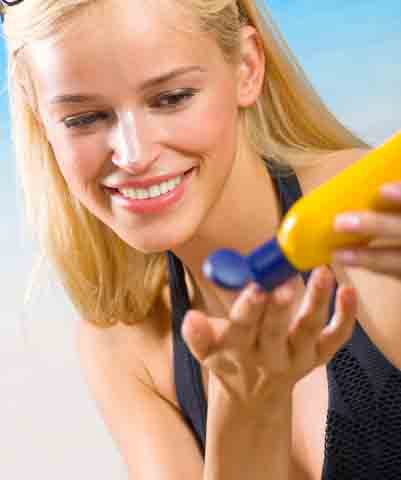 |
 |
back to SUP accessories and gear
Home – where it all started
This website is for sale. For information go to:
Buy-standuppaddleboardingguide.html
DuckDuckGo Search
2014 - Most recent Review - Shark 2s
Amazon devicesSee BLUEFIN SUP Fleet
5 year warranty,
60 day returns.
Free global shipping!
Learn more about Bluefin Sup inflatables
Dear Visitors
Should you click on an ad, it make generate a small commission at no cost to you. It helps keep our website free for all users. MANY THANKS!
O'Neil Wetsuit
https://amzn.to/3wekRsh
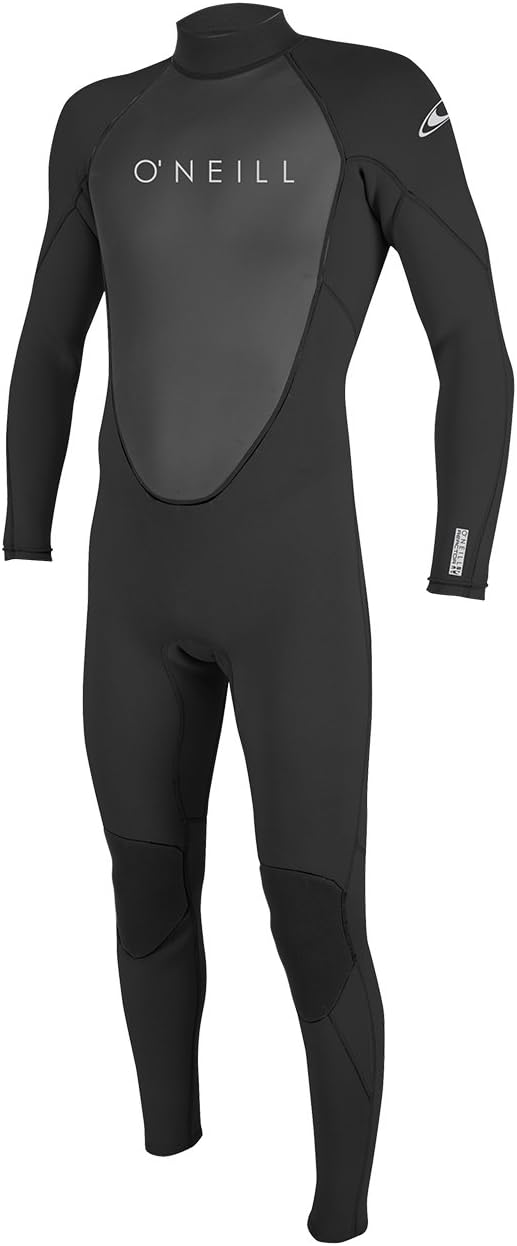
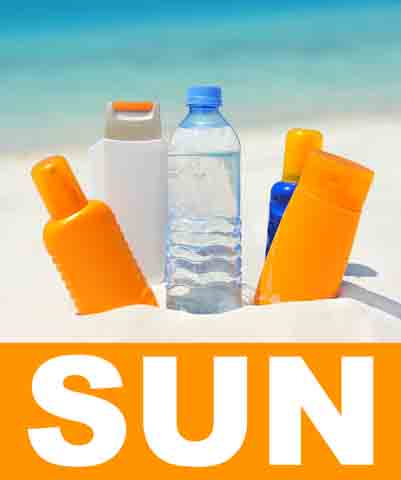
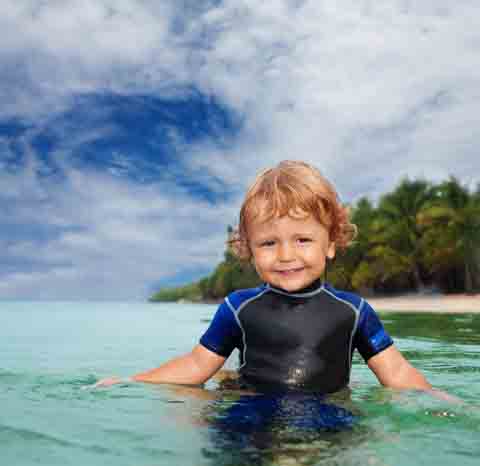
Rash guards with high UV protection ratings, are an easy solution for kids.
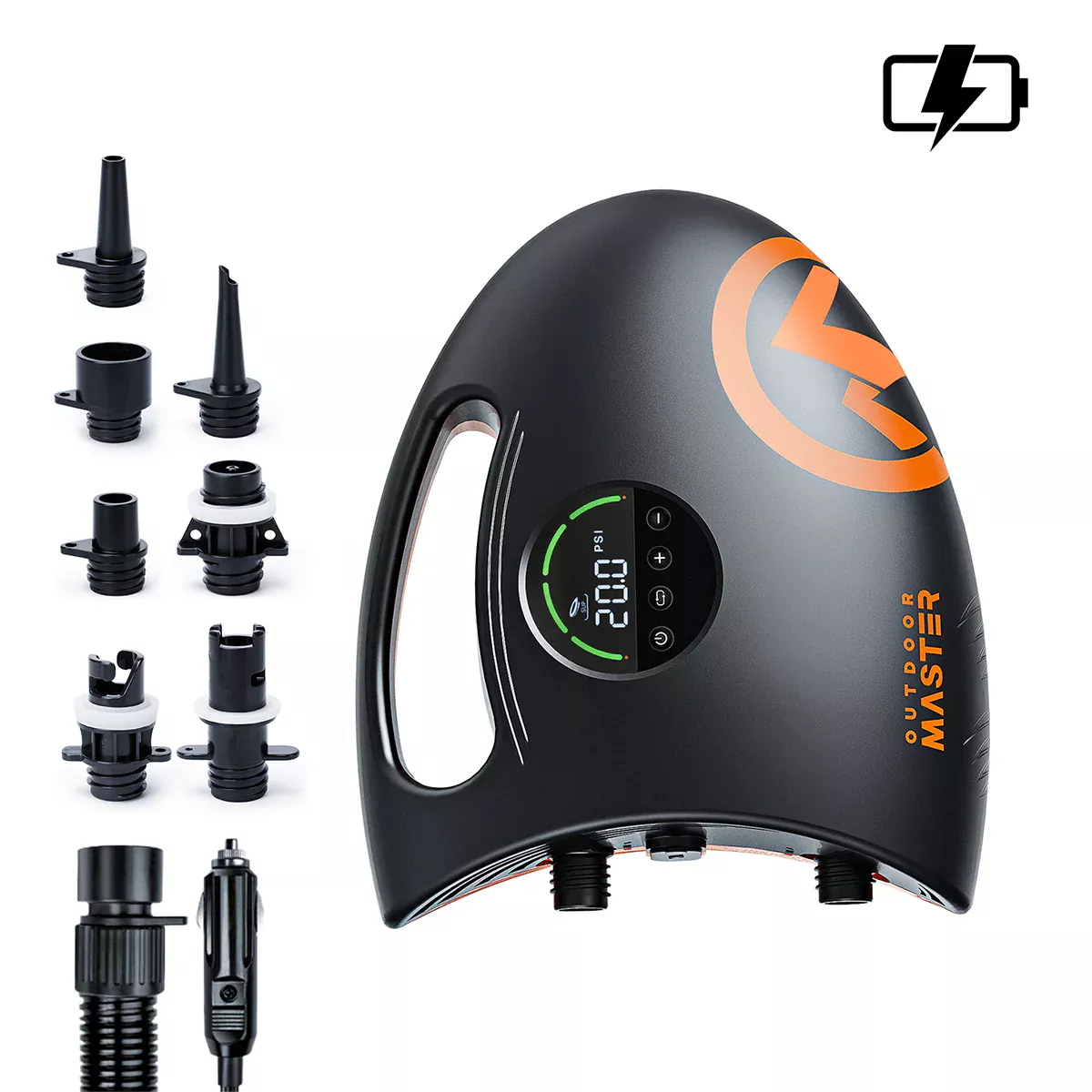
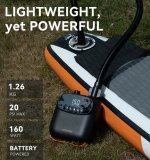
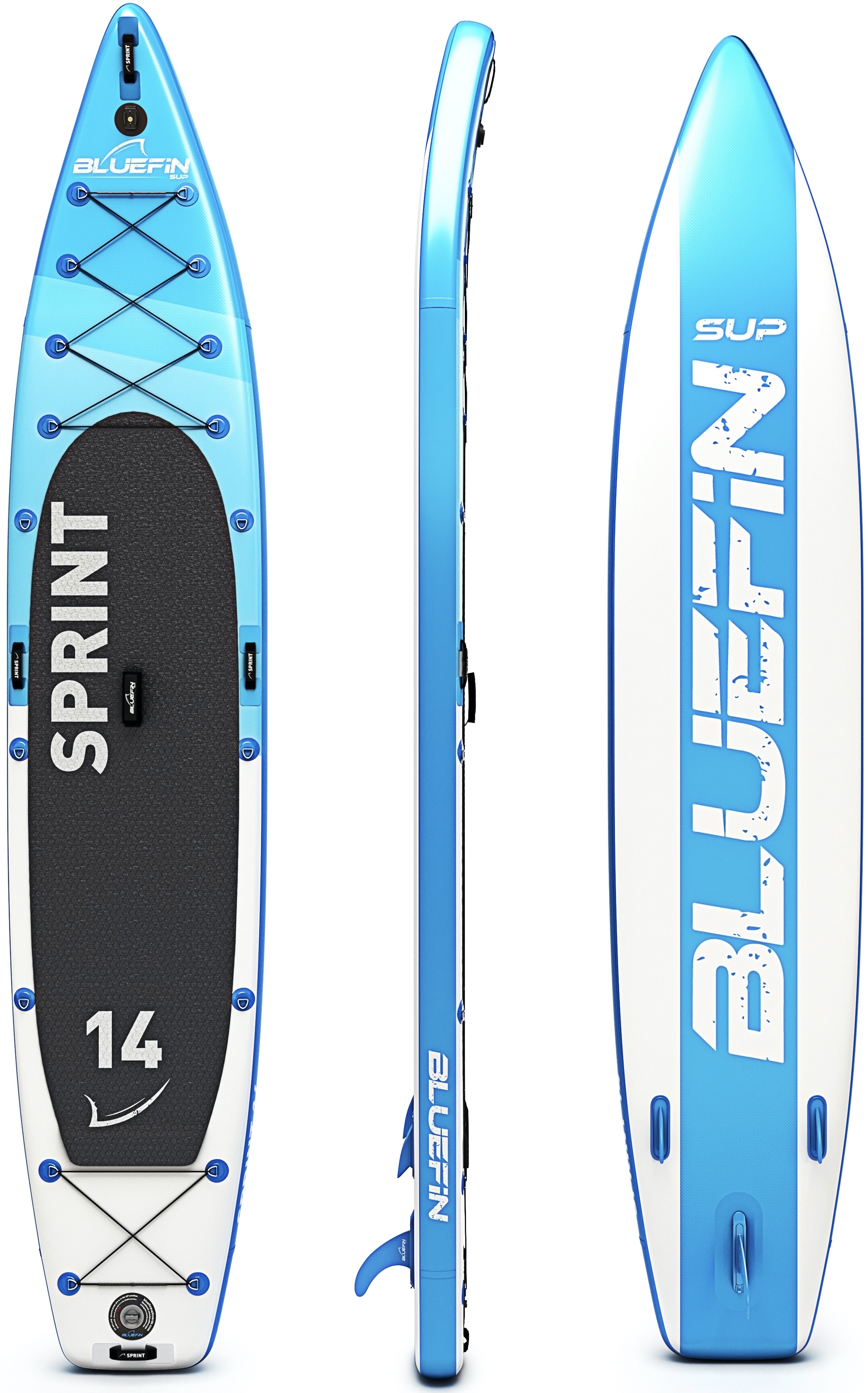
New! Comments
Have your say about what you just read! Your paddle boarding comments, stories and ideas are valued! Many thanks!